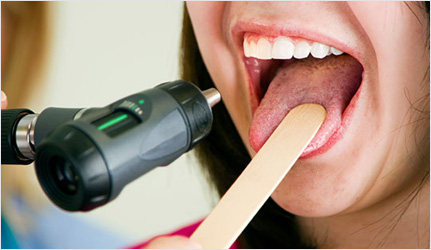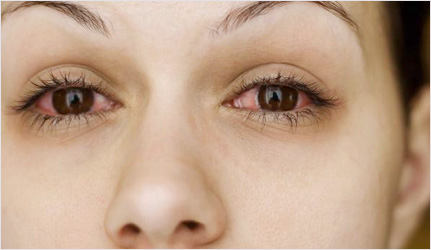
Sjögren's syndrome is an inflammatory disease that can affect many different parts of the body, but most often affects the tear and saliva glands. Patients with this condition may notice irritation, a gritty feeling, or painful burning in the eyes. Dry mouth (or difficulty eating dry foods) and swelling of the glands around the face and neck are also common. Some patients experience dryness in the nasal passages, throat, vagina and skin. Swallowing difficulty and symptoms of acid reflux are also common.
"Primary" Sjögren's syndrome occurs in people with no other rheumatic disease. "Secondary" Sjögren's occurs in people who have another rheumatologic disease, most often systemic lupus erythematosus and rheumatoid arthritis. It can occasionally be confused with a newly described syndrome call IGG4 disease.
Most of the complications of Sjögren's syndrome occur because of decreased tears and saliva. Patients with dry eyes are at increased risk for infections around the eye and may have damage to the cornea. Dry mouth may cause an increase in dental decay, gingivitis (gum inflammation), and oral yeast infections (thrush) that may cause pain and burning. Some patients have episodes of painful swelling in the saliva glands around the face.
Complications in other parts of the body can occur. Pain and stiffness in the joints with mild swelling may occur in some patients, even in those without rheumatoid arthritis or lupus. Rashes on the arms and legs related to inflammation in small blood vessels (vasculitis) and inflammation in the lungs, liver, and kidney may occur rarely and be difficult to diagnose. Numbness, tingling, and weakness also have been described in some patients. The parotid gland is at the edge of the jaw and can become swollen and inflamed in some people with Sjögren's Syndrome.

The cause of Sjögren's syndrome is not known, but it is an autoimmune disorder. People with this disease have abnormal proteins in their blood. This suggests that the immune system, which normally functions to protect the body against cancers and infections, is reacting against its own tissue. The decrease in tears and saliva seen in Sjögren's syndrome occurs when the glands that produce these fluids are damaged by inflammation. Research suggests that genetic factors and possibly viral infections may predispose people to developing this condition.
Diagnosis depends on a combination of symptoms, physical examination, blood tests, and sometimes special studies. Dry eyes and mouth may be early signs of the condition but require further investigation, because these symptoms can be caused by many other conditions or medications. Special tests may assess any decrease in tear or saliva production. An eye examination is helpful in detecting any eye changes seen in Sjögren's. Blood tests can determine the presence of antibodies (immune system proteins that help destroy foreign invaders) typical of the disease. Typical antibodies include anti-nuclear antibodies (ANA), anti-SSA and SSB antibodies or rheumatoid factor, but these are not always present. Biopsies of saliva glands around the face or under the surface of the inner lip also may be used to make a diagnosis.
